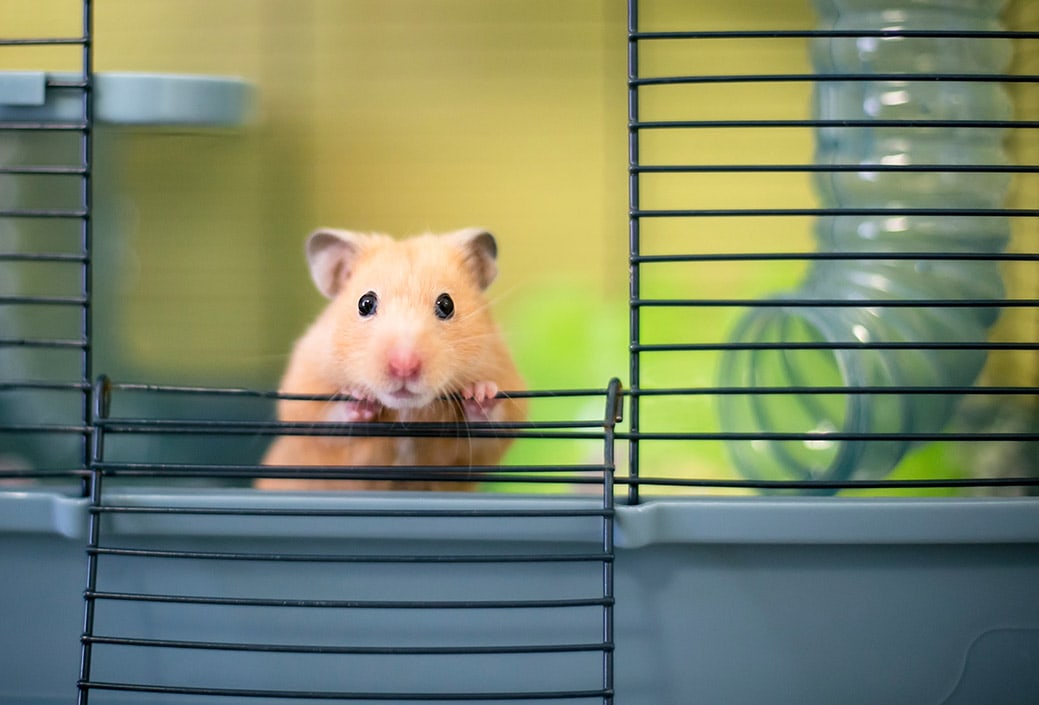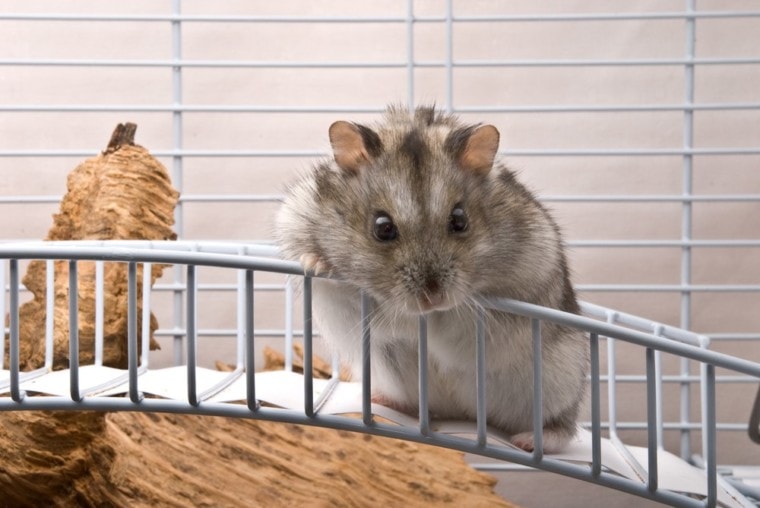
Dwarf hamsters may be small in size, but they have big personalities and high energy. These little guys need more room than you might think to burn off some calories. If you thought that you could get a tiny cage and have your little dwarf live a happy life—think again!
When you consider all the additions to the cage, as well as levels and space to roam, it can paint a picture quite different from what you initially thought you might need. Let’s break it down piece by piece so you can understand just how big of a cage you’ll need to make sure your cute rodent is living their best life.
How to Choose the Right Cage Size for a Dwarf Hamster
1. Consider the Number of Dwarf Hamsters
Hamsters are territorial little creatures, so you need to consider that before you get multiples. However, if you are getting a pair that is already bonded, it’s possible to keep them together. You need to be prepared to separate them, though, if fighting starts or is persistent. They can seriously injure each other—sometimes, it can even result in death.
Having more than one hamster does require a larger space since they both will need their own room and activities.
2. Browse the Size of Cages
Realistically, you can’t necessarily have too big of a cage for your hamster. The more space they have, the more they can explore and exercise at their leisure. But you can buy a cage with larger spaces between the bars, and they can easily wiggle out of even the tiniest openings.
For this reason, you need to make sure any bars on the cage don’t exceed half a centimeter—that’s just one-fifth of an inch!
Not only do you have to worry about bars, but also take note of the door latches and openings. Make sure spaces between these components also have this measurement.
The recommendation for a hamster cage is 30 x 15 x 15 inches, minimally with 150 square inches of floor space.
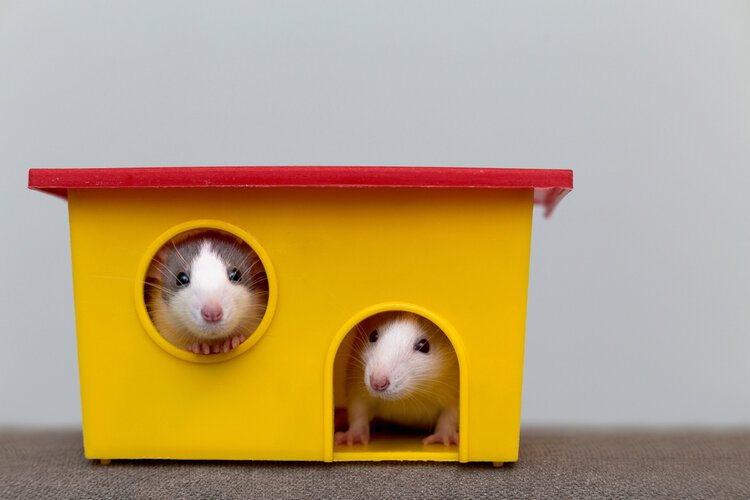
3. Choose the Style of Your Cage Set-Up
You can select several cage styles for your little one. Most commonly, you’ll see plastic cages, but you can also get metal wire and multi-level cages.
Single-Level Cage
Many single-level cages have one flat bottom with top components that slide on or snap to close.
Multi-Level Cage
You can find both metal and plastic cages that have multiple levels. These cages give your hamsters lots of room to wander. Not all homes can accommodate multi-level cages, so it should be said that it isn’t necessary if you have enough space to keep your hamster busy.
4. Ensure Proper Cage Ventilation
Ventilation is extremely important for rodents since they are very susceptible to respiratory illness. When the cage doesn’t have appropriate airflow, it can cause moisture to collect in the cage. Having open spaces allows the cage to stay dry but prevents any cold or warm drafts.
Sudden temperature changes can make your dwarf hamster very ill. It’s crucial to keep their cage in a room temperature area away from extreme temperatures.
Always make sure to buy a breathable cage that is specifically designed for hamsters.
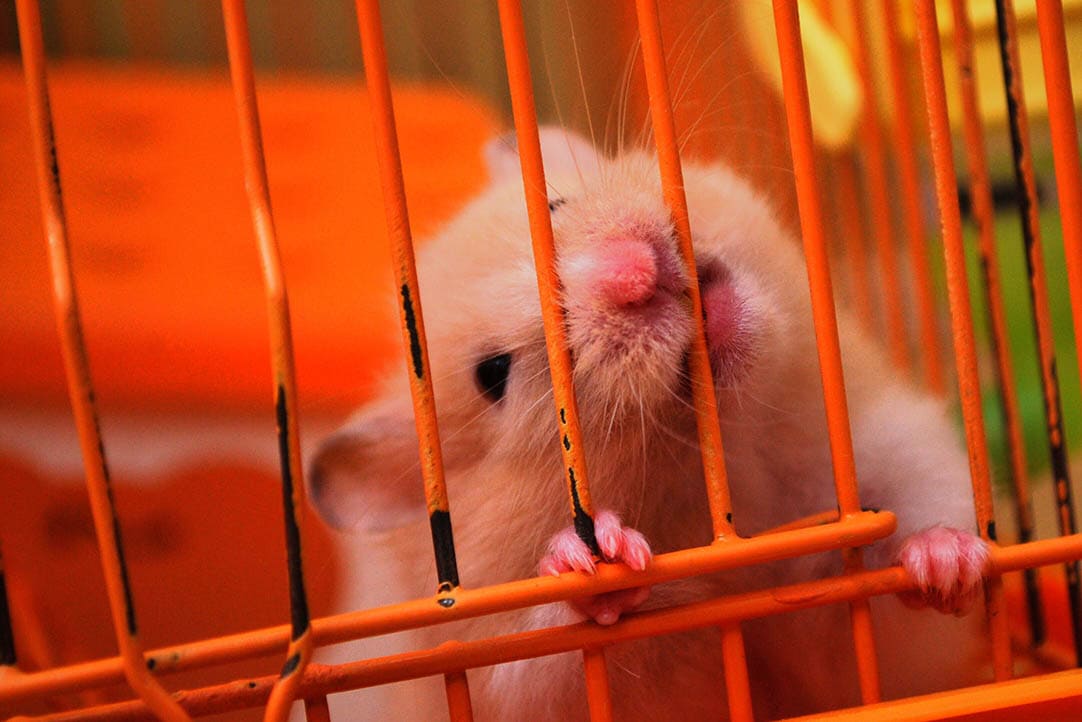
5. Check the Safety Features of your Cage
Dwarf hamsters can be quite talented escape artists. There should be full security at any entry and exit points. You also have to make sure that all edges are smooth without sharp points, so your hamster isn’t injured.
Hamsters can attempt climbing, too, so make sure there are no tiny spaces that they can wedge a toe into.
6. Confirm the Durability of the Cage
Dwarf hamsters are tiny, but their teeth mean business. These little boogers love chewing on just about anything—including their cage. If your cage is made of flimsy plastic or thin metal, there is a large chance that with enough perseverance, they can gnaw their way through.
If they’re wearing down the walls without you knowing, this can cause quick escapes—and these balls of fluff can be quite hard to find.
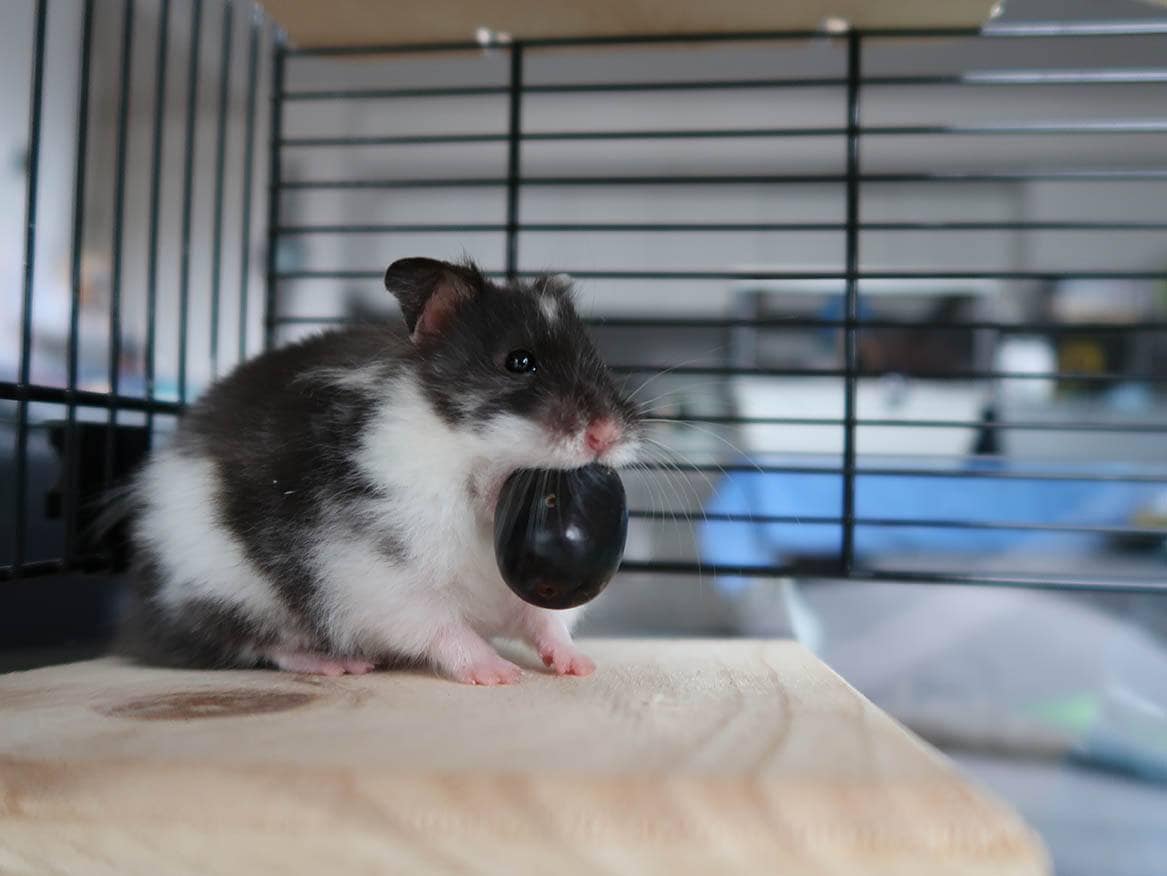
7. Select a Material for your Cage
Plastic Cage
Plastic cages are fantastic for dwarf hamsters. Many of them have added tunnel enclosures for exploring and playing. While these cages are usually the best at containing your hamster, you also have to make sure the plastic is durable. Otherwise, there is chew-through potential.
Metal Wire Cage
Many flat single-level wire cages come with a plastic base for easy cleaning and full closure. Always be sure to read any measurements of the wires, ensuring they’re less than half a centimeter in between.
8. Consider Extras in your Cage
You need to make sure your hamster has room for all its toys and activity stations. Is the cage tall enough for a wheel? You will want to make sure that they have this important additive because your hamster truly needs a wheel for exercise.
You can make small levels for your hamster inside of their cage, too, if it doesn’t come with it. These little obstacle courses promote healthy activity.
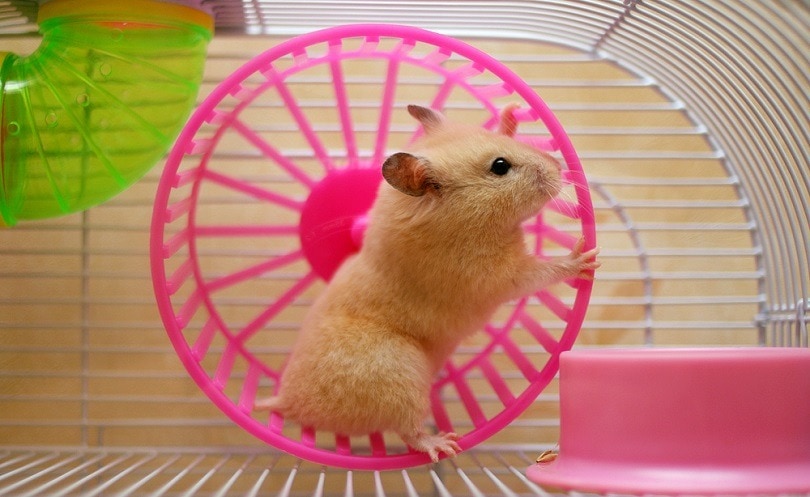
Final Thoughts
To wrap all of that up, you must look at the bigger picture to find the best cage size for your dwarf hamster. You need to make sure that the cage is spacious, but the bars or openings are close enough together—that way, there are no sneaky escapes.
You also have to consider safety around the board. The cage needs to be tall enough to accommodate toys and wheels. There is nothing wrong with giving your dwarf hamster lots of room to roam — they just need to stay inside when you aren’t there to supervise.
Featured Image: Hintau Aliaksei, Shutterstock





